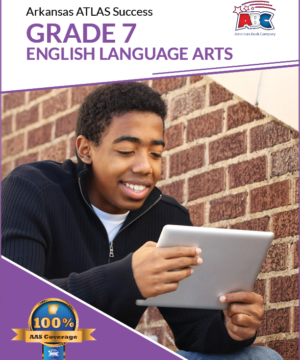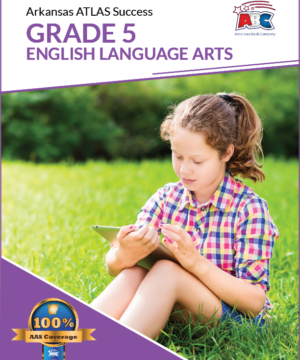Equity vs. Equality in the Classroom
- Mar 31, 2021
- By American Book Company
- In Blog
Equity vs. Equality in the Classroom
by Abby Phillips
Growing up as the last of four children, I often had to fight for the last cookie, a say on what was for dinner, or even a seat at the table– literally and metaphorically. Each school year, my parents would take us back-to-school shopping for supplies and clothes. My siblings and I would pick out the coolest pencil pouches and binders before making our way to the clothing section. While my older siblings picked out the coolest and newest fashion statements, I sat back knowing I would get their old and used hand-me-downs from last year. While they got new clothes from the store, I got “new” clothes from their closets. Was this fair or simply equal? Balancing equity v. equality in the classroom is not a simple task. Here are the differences and how to incorporate more equity in the classroom to aid student success.
Equality is giving everyone a shoe. Equity is giving everyone a shoe that fits.
Dr. Naheed Dosani

What is the Difference?
While they may seem similar, equity and equality are quite different, especially when used in the classroom.
Equality is defined as “the state of being equal, especially in status, rights, and opportunities.”
Simply put, EQUALITY is giving all students the same tools to use to succeed. This may include giving two different students with different language barriers, learning deficits, or perspectives the same resources to learn. This makes it unfair and nearly impossible for both students to succeed.
Contrary to equality, equity is defined as “the quality of being fair and impartial.”
EQUITY is giving students various tools they need to succeed. This may include providing different resources to different students. Therefore, equity focuses on the individual student rather than students as a group.
That’s at the core of equity: understanding who your kids are and how to meet their needs. You are still focused on outcomes, but the path to get there may not be the same for each one.
Pedro Noguera
Equity Barriers
According to Scholastic’s Teacher & Principal School Report, some students face barriers to equity. Barriers include:
- Experiencing family or personal crisis
- In need of mental health services
- Living in poverty
- Coming to school hungry
- In need of healthcare services
- Homeless or in temporary housing
- In need of English language learning support
Due to the barriers of equity, it is sometimes difficult to incorporate into a classroom of 10-20+ children of different backgrounds. Despite this, equity should be a focus for teachers and administration to remember while helping students succeed.
Equity is leaving the door open for anyone who has the means to approach it; equity is ensuring there is a pathway to that door for those who need it.
Caroline Belden
Here is How to Incorporate Equity Into Your Classroom:
- Create an inclusive and diverse classroom environment by allowing times when all answers are valid.
- Accommodate student learning styles by creating choices for displaying knowledge.
- Encourage students to participate in lessons and activities.
- Celebrating diversity and use student differences to promote learning opportunities.
- Rethink the “failure” mindset.
- Reduce learning barriers associated with race, gender, religion, etc.
- Empower students to make choices in their success.
Balancing equity v. equality in the classroom can be a difficult task. We would love to know how you are incorporating equity into your classroom? Is it something we mentioned above or something else? Comment below and let us know!









